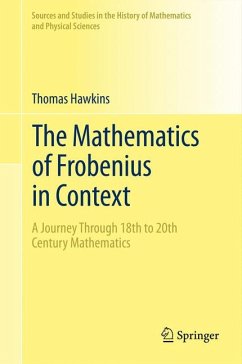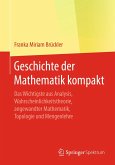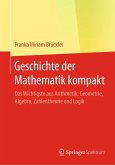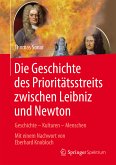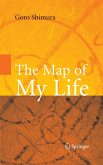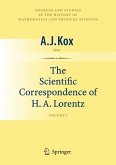Dieser Download kann aus rechtlichen Gründen nur mit Rechnungsadresse in A, B, BG, CY, CZ, D, DK, EW, E, FIN, F, GR, HR, H, IRL, I, LT, L, LR, M, NL, PL, P, R, S, SLO, SK ausgeliefert werden.
"The author has succeeded admirably in describing the mathematical work of Frobenius. ... this book is an excellent contribution to the mathematical literature ... it is, or should be, a role model for historical writing, and for bringing the mathematics of the recent past back to life." (Franz Lemmermeyer, zbMATH, Vol. 1281, 2014)
"I highly recommend Hawkins' book. It is very mathematical all the way through. ... Hawkins' work is extraordinarily useful. It allows the mathematical community, even the great majority of us who do not read German well, to understand the work of the very important mathematician Frobenius. The great length of the book is essential to the book's success." (David P. Roberts, MAA Reviews, October, 2014)
"The author has succeeded admirably in describing the mathematical work of Frobenius. ... this book is an excellent contribution to the mathematical literature ... it is, or should be, a role model for historical writing, and for bringing the mathematics of the recent past back to life." (Franz Lemmermeyer, zbMATH, Vol. 1281, 2014)

